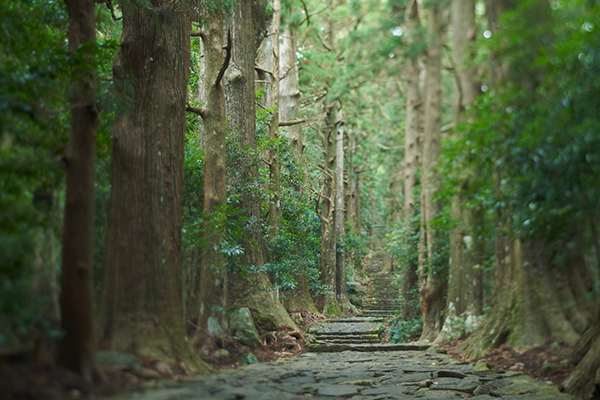
MARUSHO Brewery
Vinegar is not just delicious, but also has a long list of health benefit, including improving immunity and relieving fatigue. As it is made with only a couple of key ingredients, the production method is extremely important to make a memorable, high quality product. MARUSHO is committed to selecting the very best ingredients that are not only tasteful, but also good for the body.

Wakayama prefecture is home to Japan’s tallest, single drop waterfall. MARUSHO’s vinegars are made with fresh, underground water coming from the same source as these “Nachi Falls” – the Kumano mountains. The water has a year-round temperature of 16 degrees and is extremely soft.
For the rice, MARUSHO uses locally grown glutinous steamed rice from the Kumano region. The plums and Japanese citrus fruits used for their ‘ponzu’ also come from local farmers in the Wakayama area.
Using this production method since the beginning, MARUSHO guarantees that the traditional production method is superior to modern, faster ways of production – and results in an authentic, unmatchable flavor.
What makes MARUSHO special?

The fermentation process takes from 90 to 500 days to give each ingredient the time to slowly process in a complex, deep-flavored vinegar. MARUSHO became famous in the 1980s when they succeeded making delicious vinegars with brown(!) rice, which are now requested all over the world.

Wakayama is also called "the country of trees”, it has a great supply of high quality, natural wood. MARUSHO has 12 wooden tubs in their brewery, made from the best quality of Kumano cedar. Inside the vats, the temperature is 40° year-round, which is perfect for fermentation!

MARUSHO is faous for crafting their vinegars in large woorden vats, which look very impressive and form a key part in their traditional production style.
Right after the Second World War, during which the production was stopped completely, they experimented with plastic vats, which were less breakable, but the difference in quality was so big, they vowed to always stick with their superior wooden vats.
Fun fact: All the wooden vats are named after Sumo (Japanese traditional wrestling) champions, as the founder was a sumo trainer, and the second and third generation are sumo lovers too!

Steaming rice is the most important step in the vinegar making process. It is a delicate process where even the slightest difference in the amount of water absorbed by the rice is not allowed.
Steamed rice, seed vinegar, and subterranean water from Mount Nachi are mixed in a wooden vat. The mixing is done by pushing and pulling, just like rowing a boat on the sea.
The stationary fermentation process takes about 45 days in winter and about 70 days in summer. Once the fermentation reached a certain level, the vinegar is transferred to a maturing vat to mature for another four to five months.





